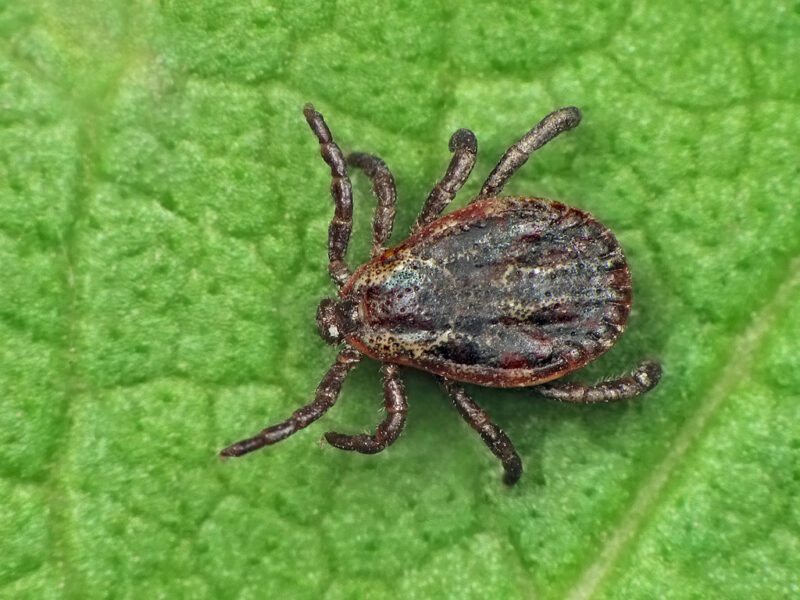While countries in Africa are battling the current Ebola outbreak, the Western Hemisphere is battling a chikungunya outbreak that has reached record numbers: 700,000 suspected cases in over 34 countries.[i] The current case counts in the seven countries with the most cases are:
- El Salvador: 30,000 cases[ii]
- Venezuela: 398[iii]
- Colombia: 1600 cases[iv]
- Dominican Republic: 500,000 cases[v]
- Puerto Rico: 2022 cases
- French Guinea: 2656 cases
- San Martin Island: 1515 cases
Chikungunya is a viral disease spread by mosquitoes with symptoms similar to those of dengue: fever, severe joint pain, rash and fatigue. The disease was nonexistent in the Americas until December 2013, when France confirmed two autochthonous cases of chikungunya in the French part of San Martin Island. Within 15 days, there were 50 cases on the island and by January 2015, the disease had spread to four other neighboring islands (Guadeloupe, Saint Barthelemy, Dominica and the British Virgin Islands).[vi] Since then, the prevalence of the disease has increased and spread to over 700,000 people in 34 countries. The appeal of the Caribbean as a vacation destination for many individuals enabled the disease to spread quickly to North, South and Central America. When an infected individual returns home, local mosquitoes can transmit the disease from that person to unaffected individuals.
Another factor facilitating the spread of the disease is the recent change in the vector that transmits the disease. While the mosquito aedes aegypti was thought to be the only vector that spread chikungunya, researchers have found that in the case of this new outbreak, the primary vector of transportation is the mosquito aedes albopictus[vii]. There are large numbers of these mosquitoes on the Caribbean Islands, South and Central America, along with the southern United States, creating a larger opportunity for transmission.[viii]
Because of the severity of the disease and the speed at which it is spreading, countries like Peru are taking preventative measures. The Peru Minister of Health declared a nation wide health emergency after chikungunya was reported in Colombia. He called all doctors and medical staff to end any strikes and to be on high alert for any chikungunya cases for the next 90 days. He hopes to isolate any cases so that the disease does not have the opportunity to spread throughout the country.[ix]
In Florida’s Broward County, where the first case of chikungunya was recently reported, health officials have warned people to take extra mosquito precautions when outside. These include wearing long sleeves and long pants, draining and/or cleaning any stagnant water sources such as birdbaths. Residents are encouraged to discard any items that might hold standing water such as tires, drums, bottles, cans and pots.[x]
With symptoms of joint pain that can last up to two years for some individuals,[xi] and no cure for the disease, it is important that the countries in the region of the current outbreak take preventative measures to limit the spread of chikungunya.
[ix] http://healthmap.org/admin/edit.php?id=2797635

